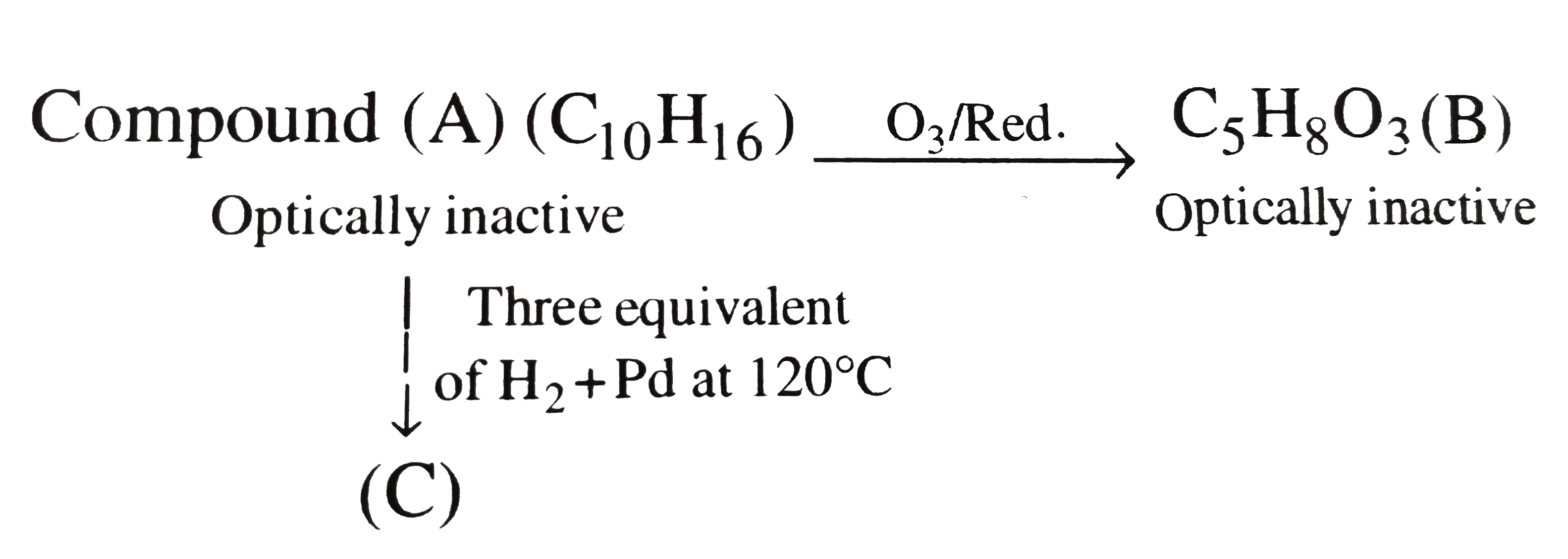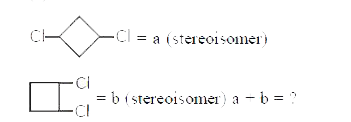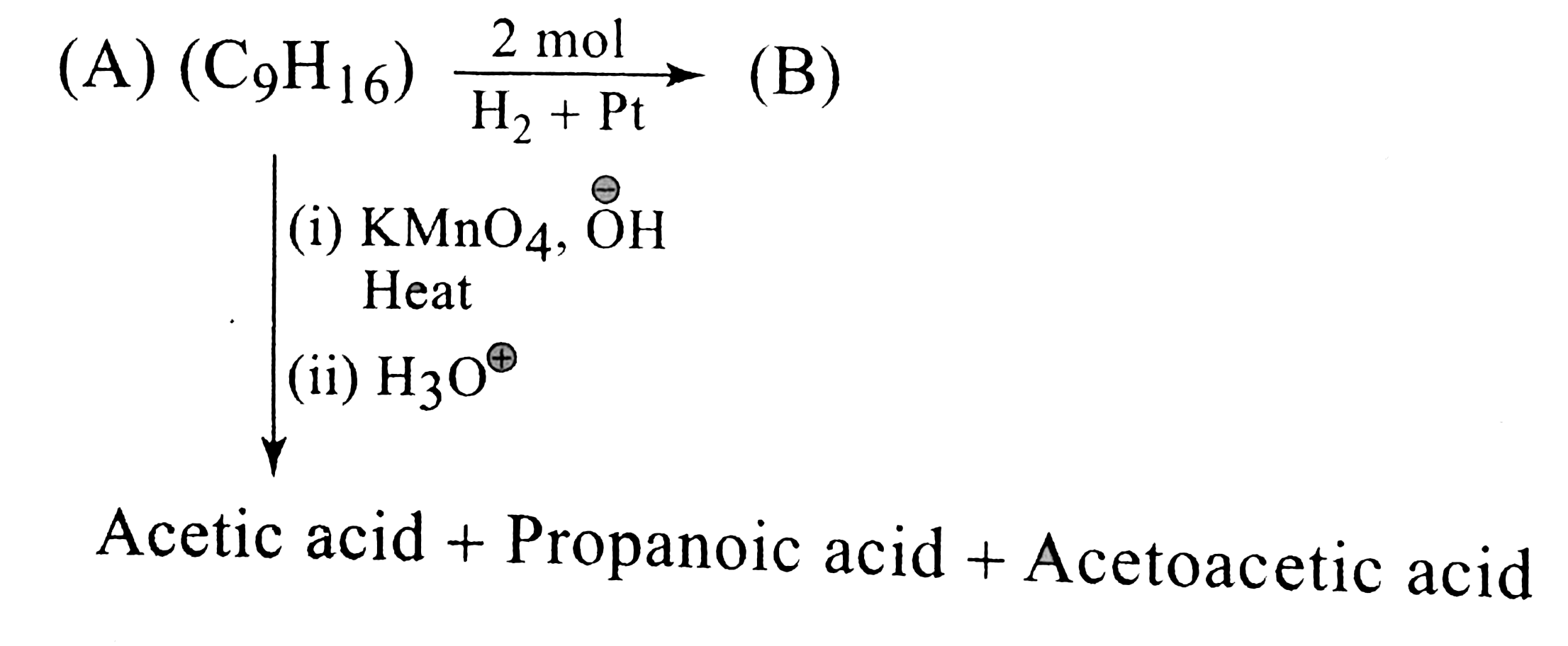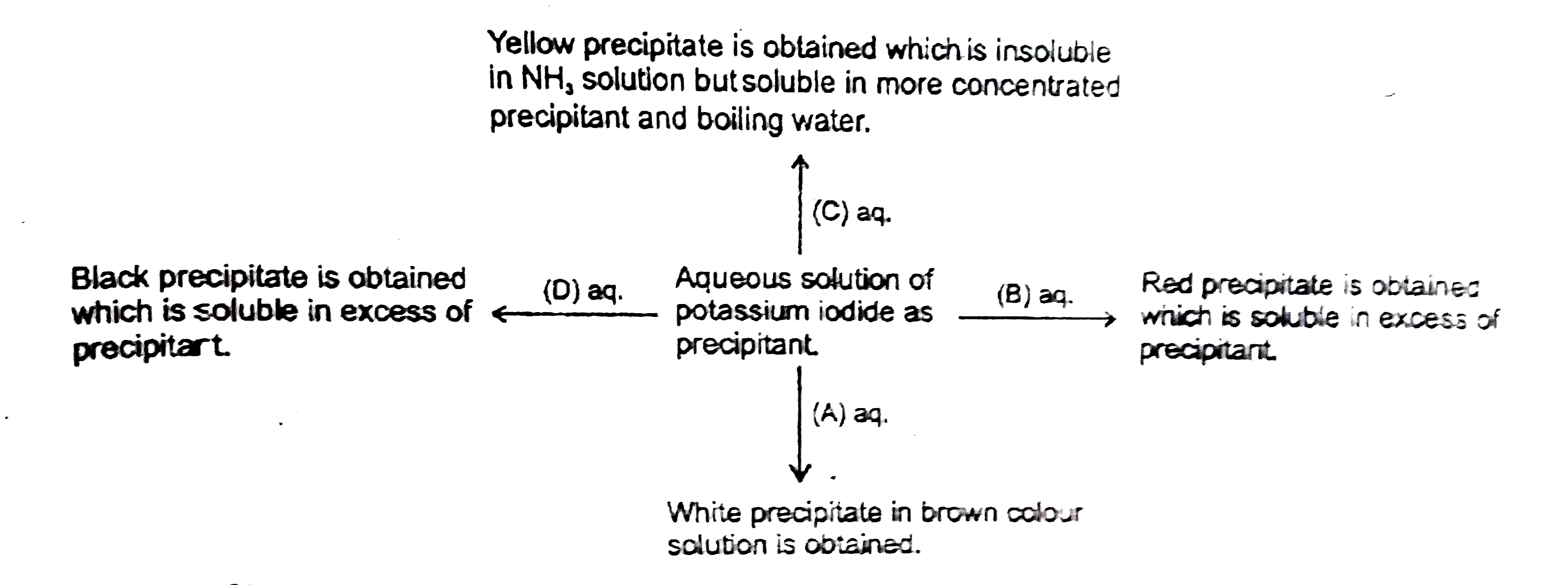
Compounds (A) and (B) are:
A
B
C
D
Text Solution
The correct Answer is:D
|
Topper's Solved these Questions
- P-BLOCK ELEMENTSBOOK - MOTIONCHAPTER - P-BLOCK ELEMENTSEXERCISE - Exercise - 3 | Subjective | JEE Advanced
53 Videos
- P-BLOCK ELEMENTSBOOK - MOTIONCHAPTER - P-BLOCK ELEMENTSEXERCISE - Exercise - 4 | Level-I Previous Year | JEE Main
37 Videos
- P-BLOCK ELEMENTSBOOK - MOTIONCHAPTER - P-BLOCK ELEMENTSEXERCISE - Exercise - 1 Objective Problems | JEE Main
45 Videos
- OXIDATION & REDUCTION BOOK - MOTIONCHAPTER - OXIDATION & REDUCTION EXERCISE - EXERCISE -4(LEVEL-II)
10 Videos
- PERIODIC TABLE BOOK - MOTIONCHAPTER - PERIODIC TABLE EXERCISE - Exercise - 4 | Level-II
22 Videos
Similar Questions
Knowledge Check
An organic compound (A) reacts with methyl magnesium iodide to form an addition product which on hydrolysis forms the compound (B). Compound (B) gives blue colour salt in Victor Meyer's test.The compounds (A) and (B) are respectively :
Aacetaldehyde, tertiary butyl alcoholBacetaldehyde, ethyl alcoholCacetaldehyde, isopropyl alcoholDacetone, isopropyl alcoholThe organic compound (A) and (B) reacts with sodium metal and release H2 gas. Then (A) and (B) reacts each other to give methly propanoate . The compound (A) and (B) are
ACH3OHandC2H5OHBC2H5OHandCH3COOHCCH3OHandC2H5COOHDCH3OHandHCOOH
If the both compound (A) and (B) are optically active, the possible structrue of (A) is:Acis−IBtrans−ICcis−IIDtrans−II


_E01_905_Q01.png)



